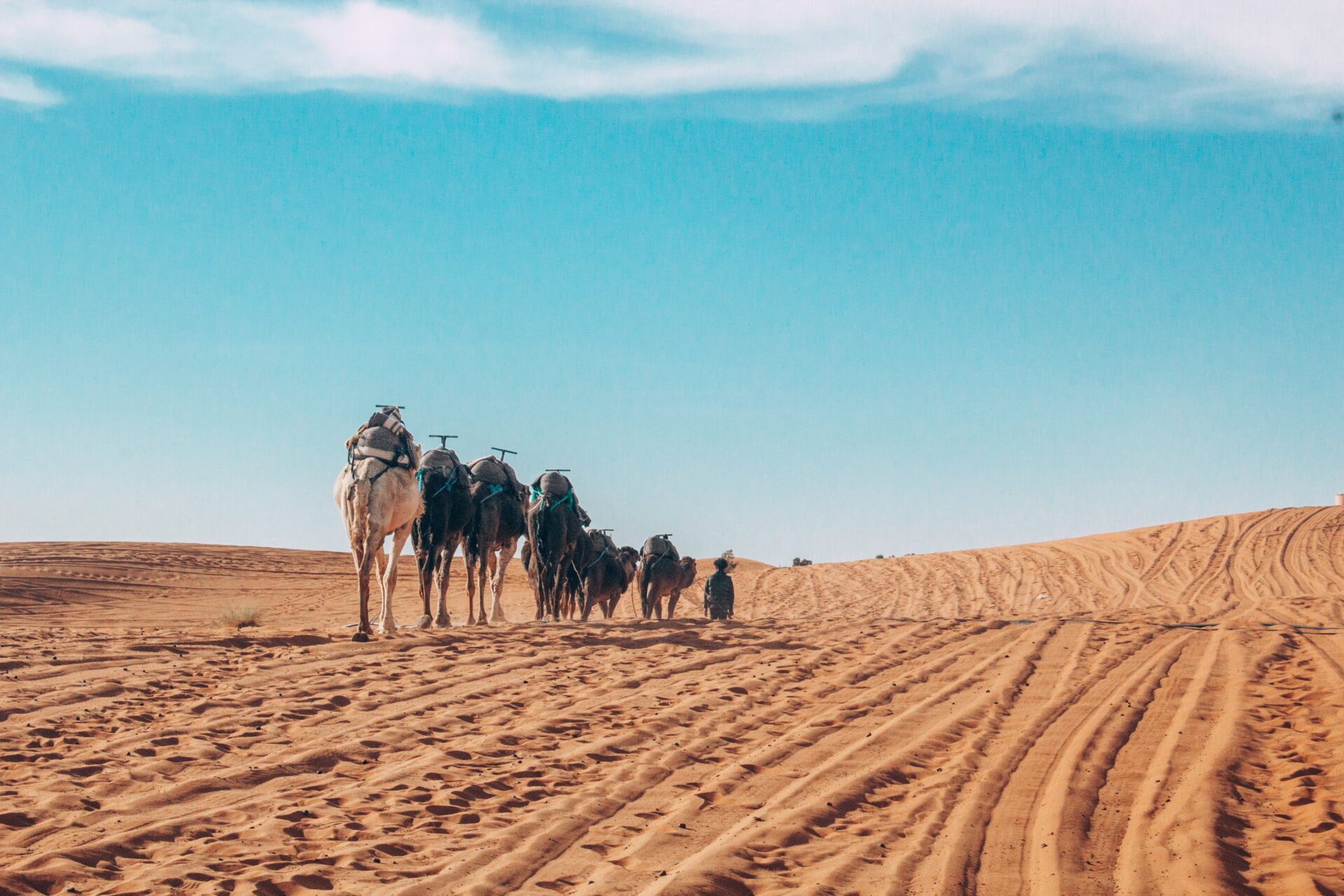Key Takeaways:
- Desert beaches offer a unique and contrasting experience to traditional coastal destinations.
- These coastal oases are characterized by their vast stretches of sandy dunes and crystal-clear waters.
- Exploring desert beaches allows for a sense of solitude and tranquility, away from crowded tourist spots.
- The flora and fauna found in these coastal oases are often adapted to survive in harsh desert conditions.
- Activities such as camel riding, sandboarding, and stargazing can enhance the overall desert beach experience.
Popular Desert Beaches: Discover Unique Coastal Oases Around the World
Desert beaches are a fascinating combination of two contrasting environments – the arid desert and the coastal ocean. These unique coastal oases can be found in various parts of the world, offering visitors a chance to experience the beauty and serenity of these remote locations. From the famous beaches of Dubai’s Palm Jumeirah to the secluded coves of Australia’s Great Sandy Desert, each desert beach has its own charm and allure.
One popular desert beach destination is Baja California Sur in Mexico. This region is known for its stunning coastline that stretches for miles, with golden sand dunes meeting crystal clear turquoise waters. Visitors can explore hidden coves, go snorkeling or scuba diving to discover vibrant marine life, or simply relax on the beach and soak up the sun.
Another renowned desert beach destination is Namibia’s Skeleton Coast. This rugged stretch of coastline is characterized by its vast sand dunes and shipwrecks scattered along the shore. Despite its harsh and inhospitable conditions, it is home to a diverse range of wildlife including seals, dolphins, and even desert-adapted elephants. Visitors can take guided tours to explore this unique ecosystem and witness nature at its most raw and untamed.
Unveiling the Formation of Coastal Oases in Desert Beach Environments
The formation of coastal oases in desert beach environments is a result of complex geological processes combined with specific climatic conditions. These oases typically occur where underground water sources intersect with coastal areas, creating a unique ecosystem that supports plant and animal life.
In some cases, underground rivers or aquifers flow towards the coast, bringing fresh water into contact with saltwater from the ocean. The mixing of these waters creates brackish conditions, which can support the growth of specialized plant species that are adapted to tolerate both salt and fresh water. These plants, in turn, provide habitats and food sources for a variety of wildlife.
Coastal oases can also form where underground springs emerge near the shoreline. These springs often result from geological fault lines or fractures that allow water to reach the surface. The presence of these springs creates a lush oasis amidst the surrounding desert landscape, attracting a diverse range of flora and fauna.
Main Characteristics of Desert Beaches: Contrasting Traditional Coastal Areas
Desert beaches have several distinct characteristics that set them apart from traditional coastal areas. One key difference is the lack of vegetation along the shoreline. Unlike lush tropical beaches with palm trees and dense foliage, desert beaches often feature sparse vegetation or none at all. This is due to the arid conditions and limited availability of water in these environments.
Another characteristic of desert beaches is their unique sand composition. The sand found on desert beaches is typically coarser and contains a higher percentage of minerals compared to traditional coastal sands. This is because desert sands are formed by wind erosion and weathering processes that break down rocks into smaller particles over time.
The climate of desert beaches also differs from that of traditional coastal areas. While coastal regions usually experience mild temperatures and high humidity, desert beach environments are characterized by extreme heat during the day and cooler temperatures at night. This fluctuation in temperature can create challenging conditions for both plants and animals trying to survive in these areas.
Thriving Flora and Fauna: Exploring Plant and Wildlife Species in Desert Beach Oases
Despite their harsh conditions, desert beach oases support a surprising array of plant and wildlife species that have adapted to survive in these unique environments.
Plant Species:
- Saltbush: A common plant found in desert beach oases, saltbush is well-adapted to tolerate high levels of salinity in the soil.
- Mangroves: In coastal areas where freshwater and saltwater mix, mangrove forests can thrive. These unique trees have specialized roots that allow them to filter out salt and extract nutrients from the brackish water.
- Beach Morning Glory: This vine-like plant has succulent leaves and vibrant flowers, providing a splash of color along the sandy shores of desert beaches.
Wildlife Species:
- Fiddler Crabs: These small crabs are commonly found scuttling along the shoreline, using their distinctive oversized claw to attract mates.
- Seabirds: Coastal oases provide important nesting grounds for various seabird species such as gulls, terns, and pelicans.
- Marine Turtles: Many desert beaches serve as nesting sites for endangered marine turtles. These ancient creatures return year after year to lay their eggs in the sand.
Human Adaptation and Utilization of Desert Beach Oases Throughout History
The presence of coastal oases in desert beach environments has attracted human settlements throughout history. People have adapted to these challenging environments by developing innovative strategies for survival and utilizing the available resources.
One example of human adaptation is seen in the traditional fishing communities that have thrived along desert coastlines. These communities rely on sustainable fishing practices to harvest seafood from the ocean, which provides a vital source of protein and sustenance.
In addition to fishing, some desert beach communities have relied on agriculture as a means of survival. By tapping into the underground water sources near the coast, farmers have been able to cultivate crops and create small-scale oases for growing fruits and vegetables.
Furthermore, desert beach oases have also become popular tourist destinations in recent years. The unique combination of desert landscapes and coastal beauty attracts visitors who seek a different kind of beach experience. Tourism has brought economic opportunities to these remote areas, but it also poses challenges in terms of environmental impact and sustainability.
Challenges Faced by Coastal Oases: Climate Change and Human Activities Take a Toll
Coastal oases in desert beach environments face numerous challenges that threaten their delicate ecosystems. One of the most significant threats is climate change, which leads to rising sea levels and increased coastal erosion. As sea levels rise, saltwater intrusion into underground freshwater sources can occur, affecting the availability of water for both plants and humans.
Human activities also take a toll on coastal oases. Unregulated tourism can lead to habitat destruction, pollution, and disturbance to wildlife populations. Overfishing can deplete marine resources, disrupting the balance of the ecosystem. Additionally, unsustainable agricultural practices can deplete underground water sources or introduce harmful chemicals into the environment.
To address these challenges, conservation efforts are crucial in protecting desert beach oases. Implementing sustainable tourism practices, promoting responsible fishing techniques, and regulating agricultural activities can help preserve these fragile ecosystems for future generations.
Famous Tourist Destinations: Experience the Blend of Desert Beaches and Coastal Oases
Desert beach destinations around the world offer visitors a unique blend of natural wonders and breathtaking landscapes. These famous tourist destinations attract travelers seeking adventure, tranquility, or simply a chance to marvel at nature’s beauty.
Dubai’s Palm Jumeirah is one such destination that has gained international fame. This man-made island is shaped like a palm tree and features luxurious resorts, pristine beaches, and stunning views of the Arabian Gulf. Visitors can indulge in water sports, relax on private beaches, or explore the vibrant nightlife that Dubai has to offer.
Another popular desert beach destination is Brazil’s Lençóis Maranhenses National Park. Located in northeastern Brazil, this park is known for its vast sand dunes and crystal clear lagoons that form during the rainy season. Visitors can hike through the dunes, swim in the refreshing lagoons, and witness the unique beauty of this natural wonder.
Responsible Enjoyment and Preservation: Nurturing Delicate Ecosystems in Desert Beach Oases
As visitors to desert beach oases, it is important to practice responsible enjoyment and preservation to ensure the long-term sustainability of these delicate ecosystems.
One way to do this is by respecting wildlife and their habitats. Avoid disturbing nesting sites or feeding wild animals as it can disrupt their natural behaviors and negatively impact their survival. It is also crucial to follow designated trails and paths to minimize damage to vegetation and prevent erosion.
Additionally, reducing waste and practicing proper waste disposal is essential in preserving coastal oases. Carry reusable water bottles and bags, avoid single-use plastics, and dispose of trash in designated bins or take it with you when leaving the area.
Supporting local conservation efforts through donations or volunteering can also contribute to the preservation of desert beach oases. By working together with local communities and organizations, we can protect these unique environments for future generations to enjoy.
In conclusion, the exploration of desert beaches offers a unique and enchanting experience, allowing individuals to discover the beauty and tranquility of these coastal oases.





